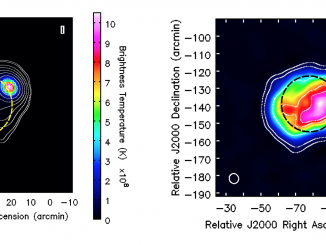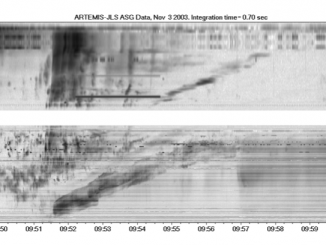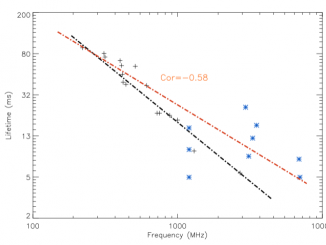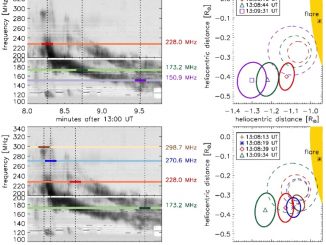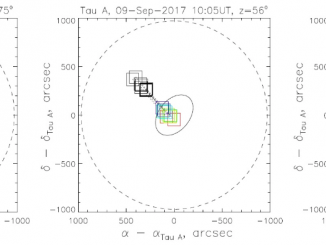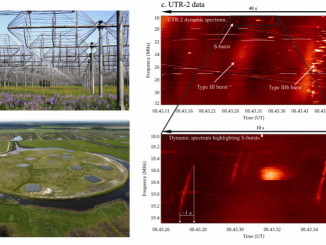Unsupervised Generation of High Dynamic Range Solar Images: A Novel Algorithm for Self-calibration of Interferometry Data
by Surajit Mondal et al.*
Imaging the sun at radio wavelengths with high fidelity is an intrinsically hard problem. This stems from: a) the large range of angular scales on which the emission is present; b) the huge difference in brightness temperature associated with the various emission mechanisms which are responsible for radio emission; and c) high variability of solar emission on small temporal (<1s) and spectral (~kHz) scales. These together imply that the uv […]

